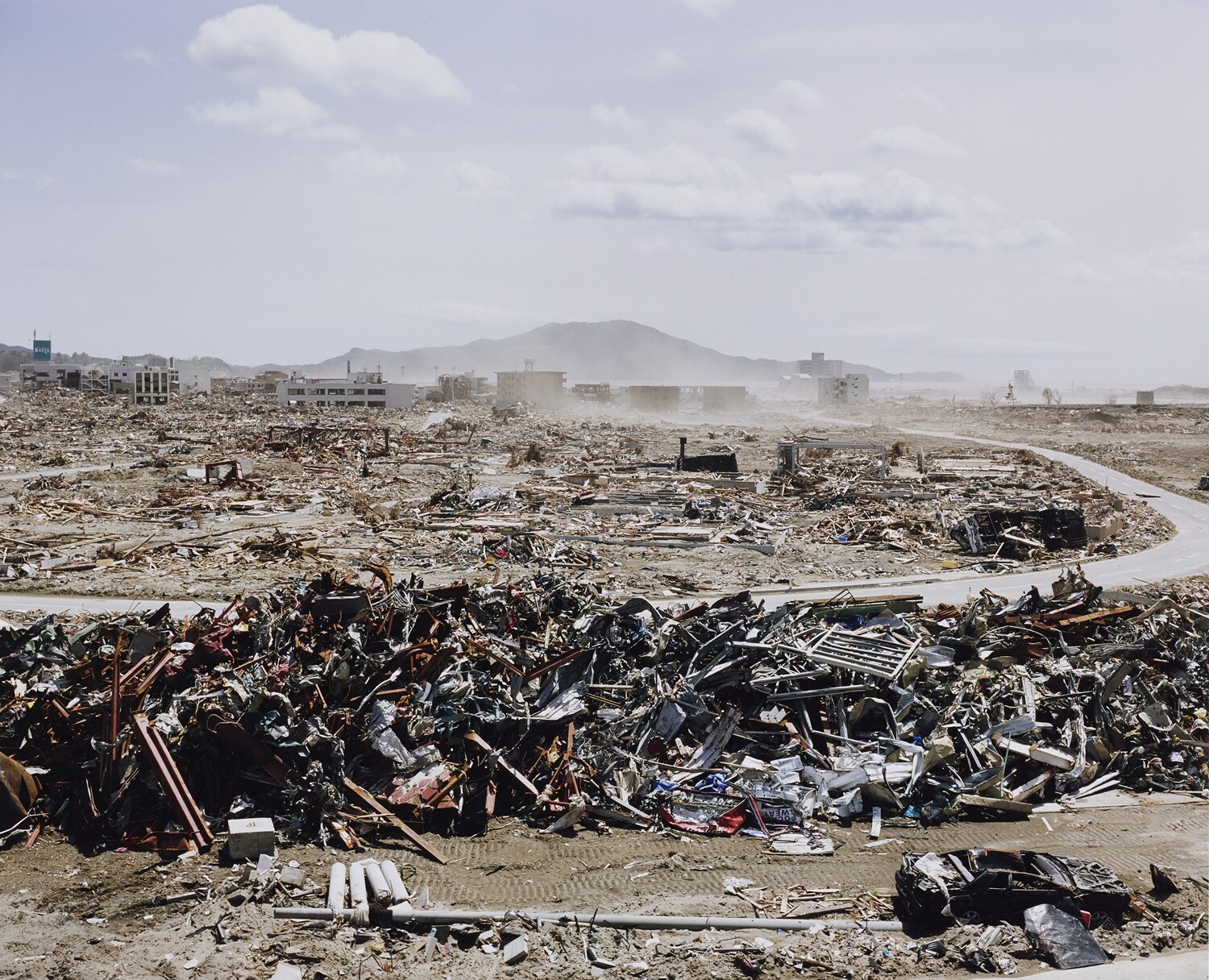March 4–July 22, 2018
2400 3rd Ave S,
Minneapolis, Minnesota 55404
United States
Hours: Tuesday–Sunday 10am–5pm,
Thursday–Friday 10am–9pm
T +1 612 870 3000
This spring, the Minneapolis Institute of Art (Mia) will become the first U.S. museum to organize a survey of Japanese photographer Naoya Hatakeyama’s work. Hatakeyama (b. 1958) probes the relationship between nature, cities, and representation. On view March 4 through July 22, 2018, Excavating the Future City: Photographs by Naoya Hatakeyama will feature 13 of the artist’s photo series, including nearly 100 works created over three decades. Seven of these works were recently acquired by Mia for its permanent collection.
“Mia is proud to organize an exhibition of such breadth with a critical theme, revealing the evolution of Naoya Hatakeyama’s work,” said Yasufumi Nakamori, curator and head of the Department of Photography & New Media at Mia, who organized the exhibition. “In his photography, Hatakeyama illuminates the intersection of nature and urbanization—notions of construction, change, destruction, and rebirth. But as his practice progresses, signs of a subtle yet growing vulnerability—a movement from conceptual documentarian to participant—become visible.”
Hatakeyama, who shoots with film, uses photography to explore the growth and decline of cities in Japan, tracing the way human intervention transforms nature into the built environment, and its evolution over time. Subjects range from close-ups of limestone quarried by explosive blasts to bird’s-eye views of cities from above, and recovery and reconstruction efforts in the artist’s tsunami-swept hometown Rikuzentakata, in Iwate Prefecture, Japan. The images capture phases of creation, change, and transformation over time.
The exhibition is accompanied by the 280-page publication Excavating the Future City: Photographs and Texts by Naoya Hatakeyama, authored by Nakamori, with contributions by Toyo Ito and Philippe Forest. A collaboration between Mia and Aperture Foundation, this is the first survey of Hatakeyama’s work in English. The book can be purchased from The Store at Mia.
Hatakeyama will be the keynote speaker for the Arnold Newman Lecture on New Media and Photography Symposium on Saturday, March 3, from 9am to 4pm at Mia. The symposium, “The Life Cycle of the City: Photography and Urbanism after Disaster,” invites experts across two panels, from curators to architects to urban designers, to examine issues involved in photographing a city during and after a natural disaster and the shifts and innovations that occur in urban planning and architectural designs in response to crisis. For more information, click here.
Naoya Hatakeyama was born in 1958 in Iwate Prefecture, Japan. A student of Kiyoji Otsuji (one of the most important photographers in post-1945 Japan), Hatakeyama completed graduate studies at Tsukuba University in 1984. Since then, he has been based in Tokyo, which serves as a muse for his work. In 2001, he co-represented Japan in the 49th Venice Biennale. In 2012, he joined the architect Toyo Ito, Sou Fujimoto and others in creating the Golden Lion award–winning exhibition Architecture. Possible Here? “Home-for-All” to represent Japan in the 13th Venice Biennale of Architecture. In 2015, his work was included in the exhibition In the Wake: Japanese Photographers Respond to 3/11, organized by the Museum of Fine Arts, Boston. Sendai Mediatheque organized his exhibition Cloven Landscape in 2016. Hatakeyama has received numerous awards in Japan, starting with the 22nd Kimura Ihei Photography Award in 1997, and most recently the 2015 Medal for Honor with Purple Ribbon (awarded by the Government of Japan for his artistic achievement). Hatakeyama is on faculty at the Graduate School of Tokyo University of the Arts. His photographs are held in public collections throughout the United States, Europe, and Japan.
The Minneapolis Institute of Art (Mia) is home to more than 90,000 works of art representing 5,000 years of world history. Mia inspires wonder, spurs creativity, and nourishes the imagination. With extraordinary exhibitions and one of the finest wide-ranging art collections in the country—Rembrandt to van Gogh, Monet to Matisse, Asian to African—Mia links the past to the present, enables global conversations, and offers an exceptional setting for inspiration.


